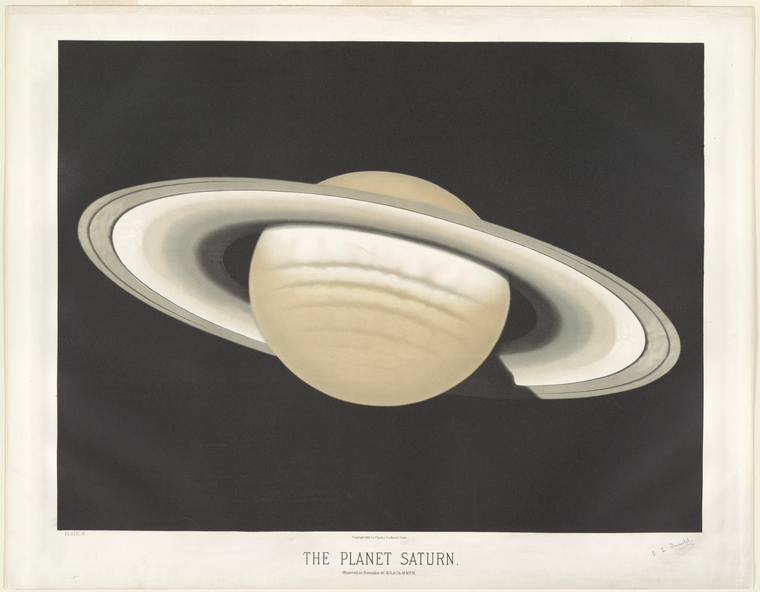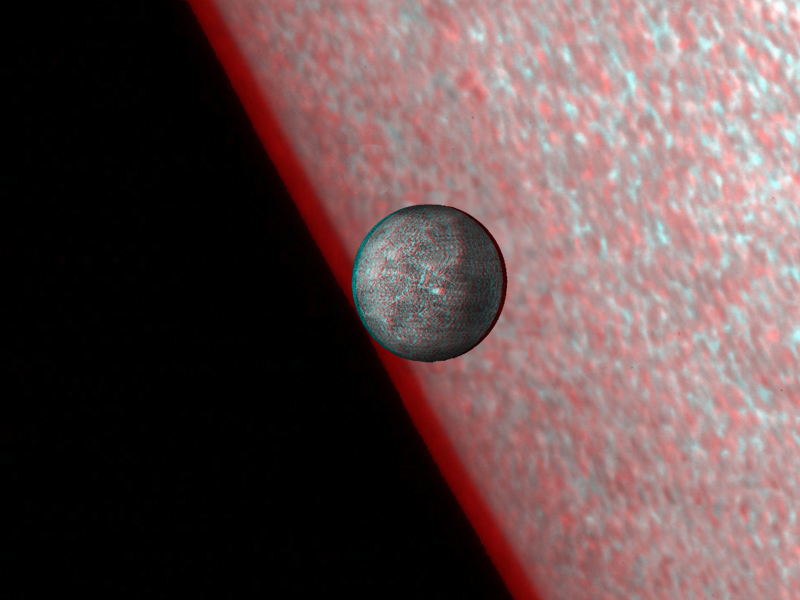I like this image. It comes from an article in today’s Nature magazine about the Antikythera Mechanism, an ancient astronomical timekeeping device dredged up from the bottom of the sea more than a century ago. Having sat underwater for a few millennia, it experienced significant degradation, and it’s taken a while to put this Hellenic Humpty Dumpty back together again. The latest iteration on our understanding relied on x-ray tomography to gain a better, three-dimensional picture of the object’s inner workings.
And doesn’t the above image express that nicely? It obeys the common, airport-security conventions of what an x-ray should look like, as well as presenting the compelling, eroded face of the timekeeping device (as well as an inset of the same at home in a museum setting). One look and you get it: not the details, but the overall picture. And it’s aesthetically pleasing!
The research seems to be discussed on a website that remains persistently unavailable at the moment, but you can take a listen to this week’s Nature podcast. If you’re interested in more (albeit not so up-to-date) details, you can also read through Tony Phillips’s archive of “What’s New in Math to learn about the overall mechanism as well as details about its differential gears.
For those of you with a Nature subscription (or the willingness to shell out some bucks for the articles, you can read the full research letter as well as a bit of historical background that also appear in today’s issue. The story also receives coverage in a New York Times article (available for free for the next week only).









